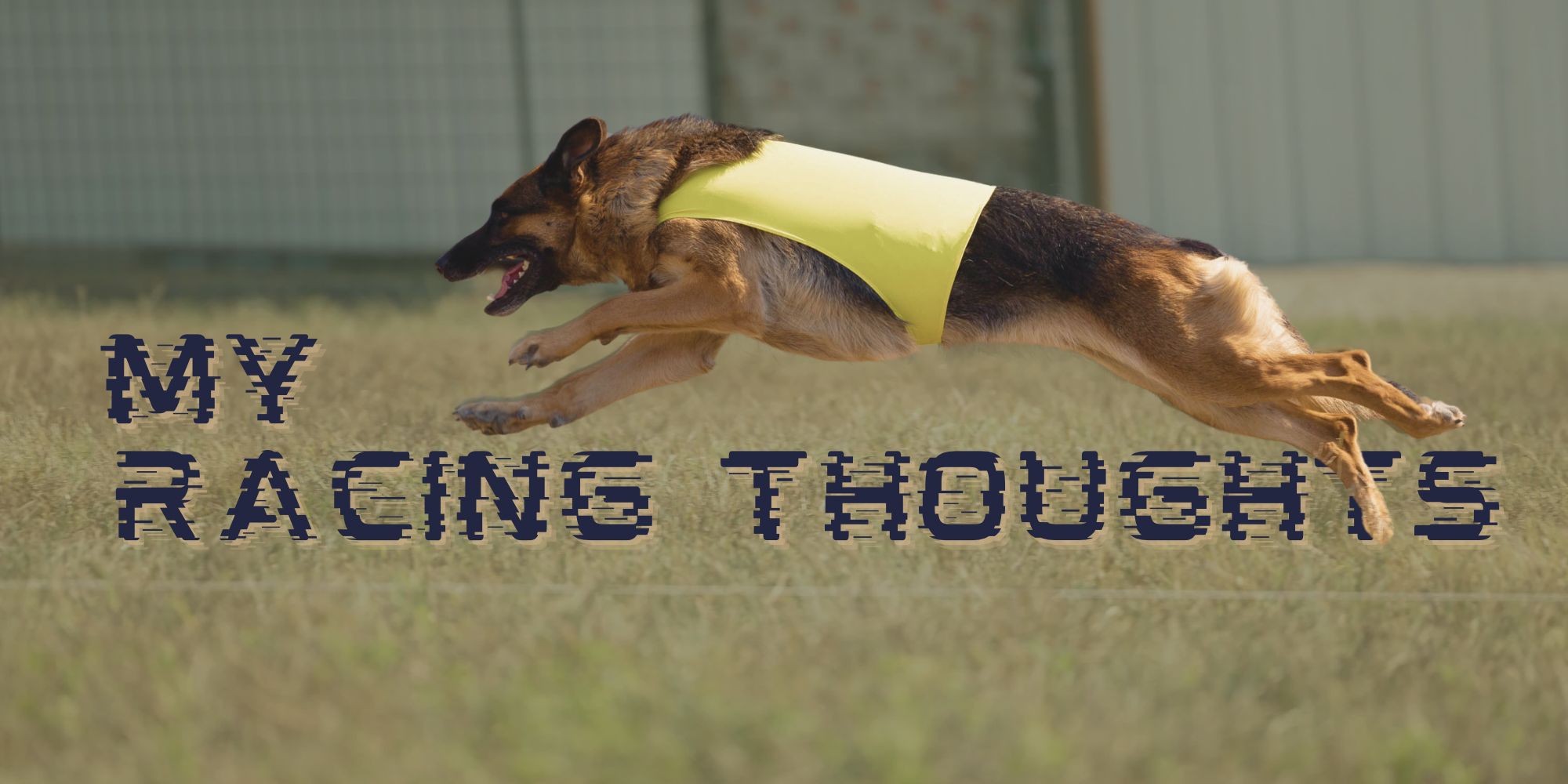

The Difference Is In The Dogs
Our home based breeding program spans 6 generations. That is 6 generations of dogs we have lived with from the planning stage to end of life care.
When we say we know our dog…..
We actually know our dogs.

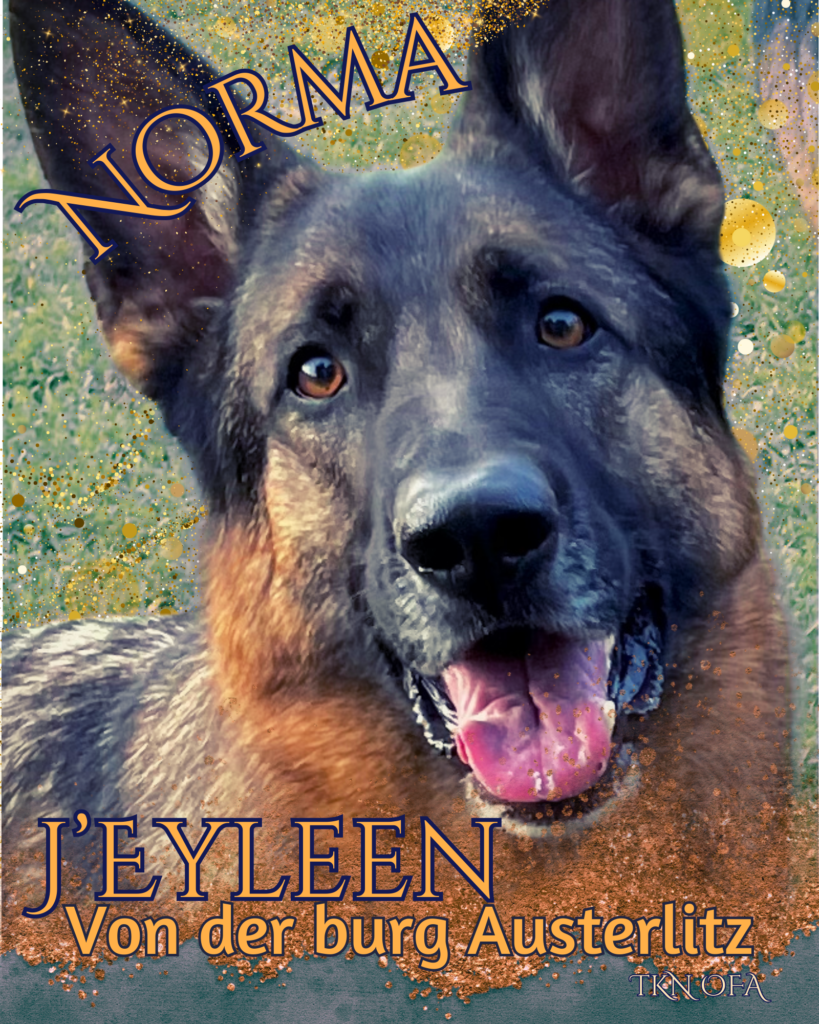
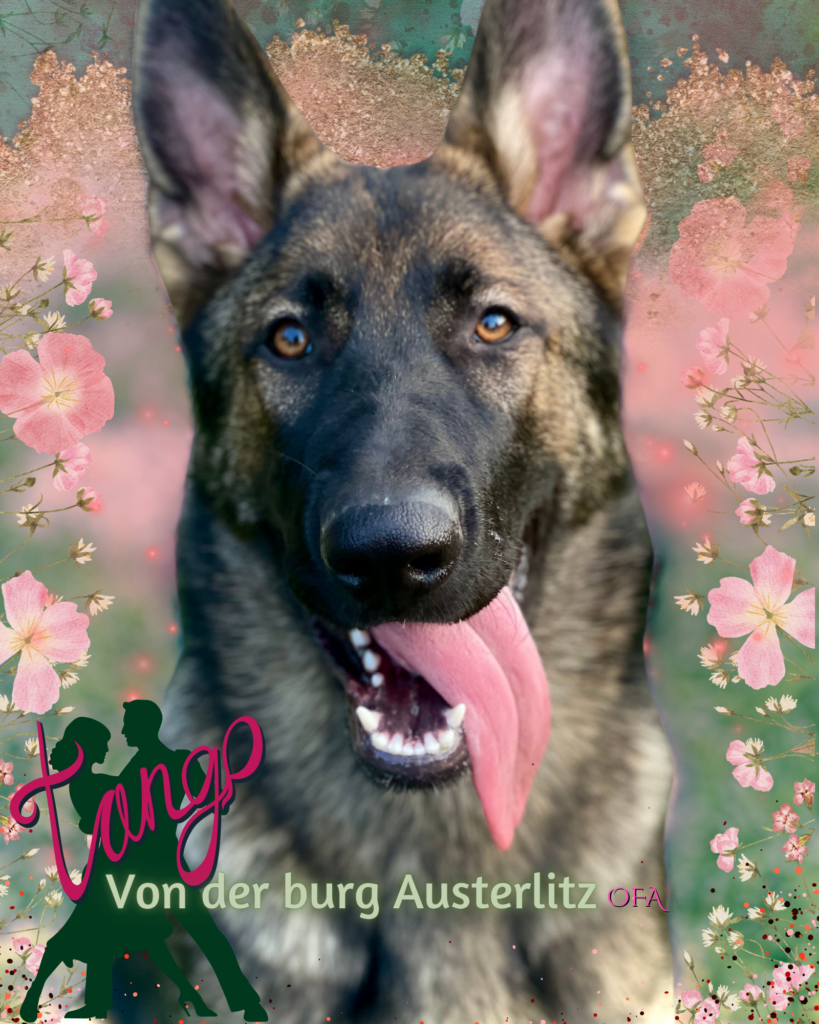

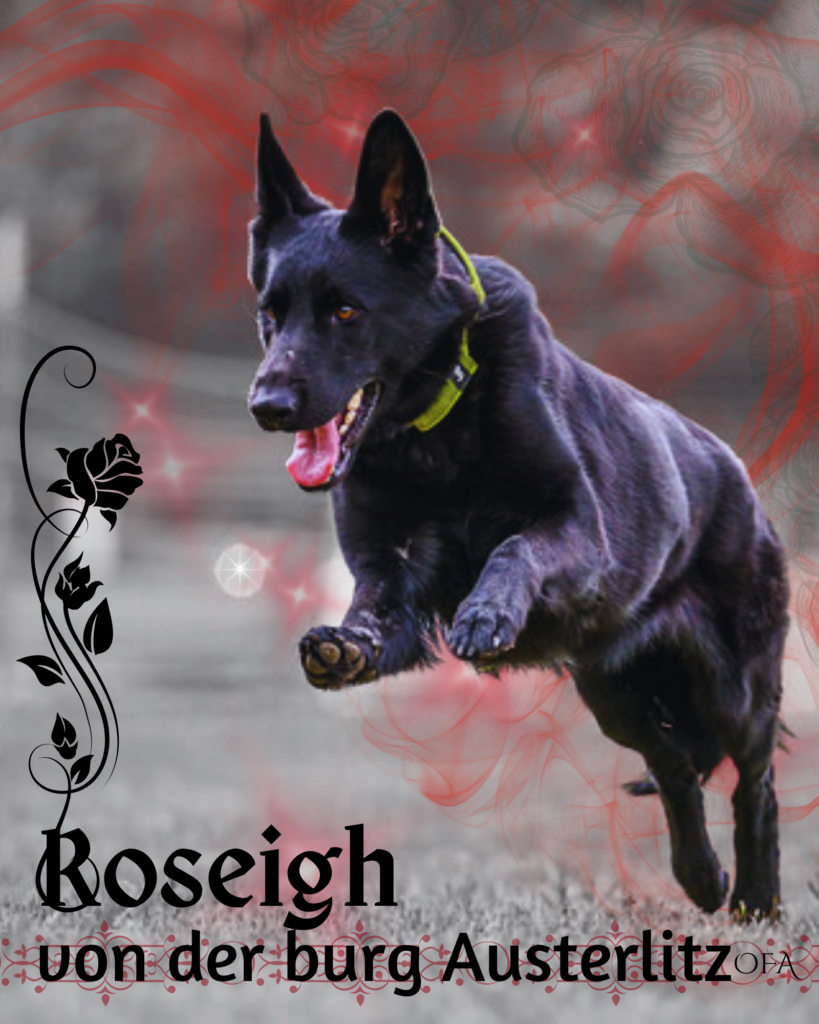
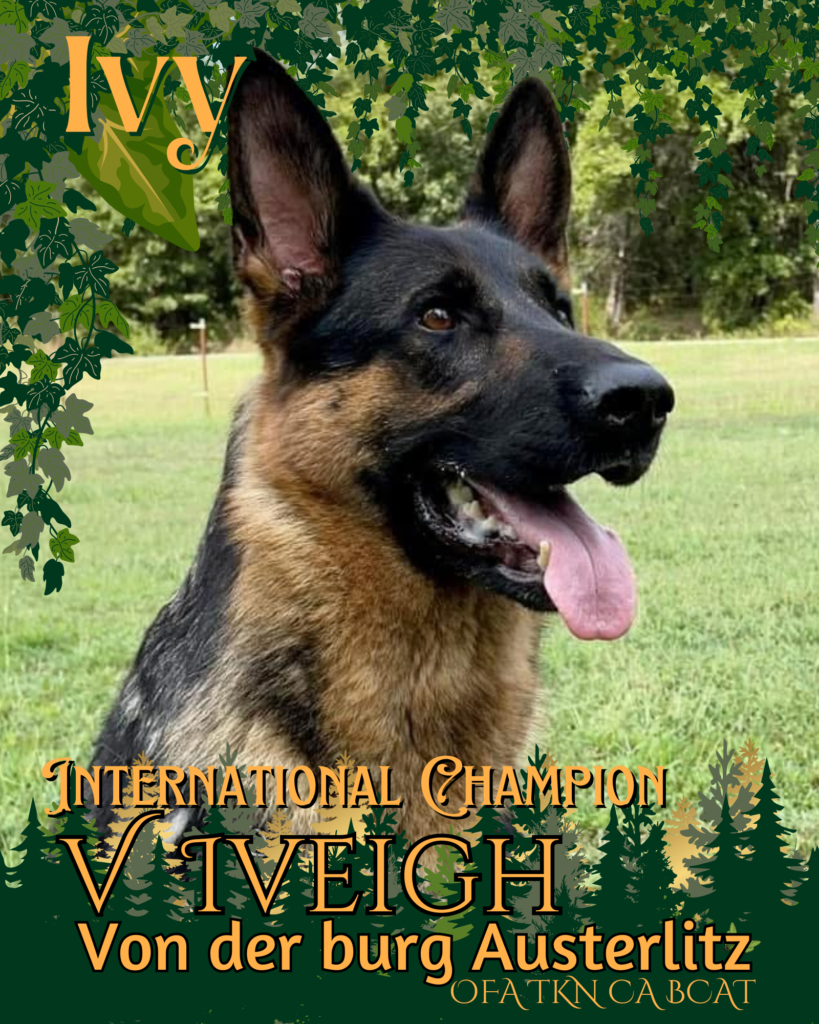
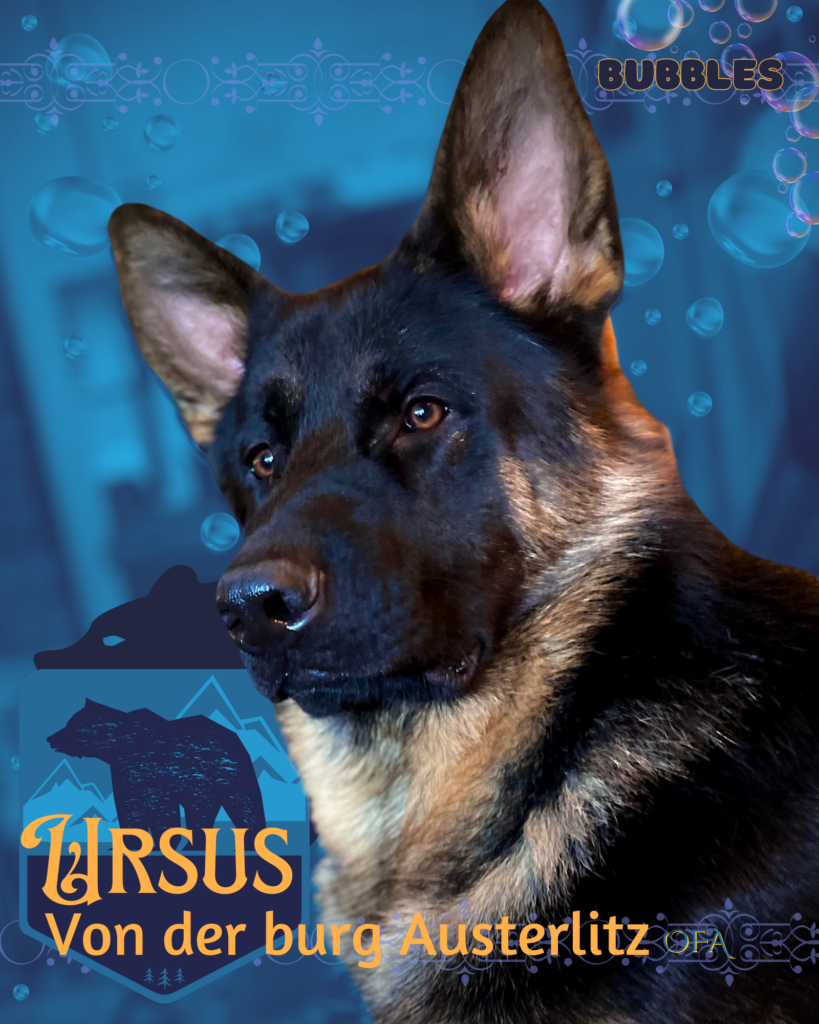





Our home based breeding program spans 6 generations. That is 6 generations of dogs we have lived with from the planning stage to end of life care.
When we say we know our dog…..
We actually know our dogs.











Click on the “replace” button in the section options to choose from a wide-range of pre-designed bottom sections or drag elements to build from scratch.